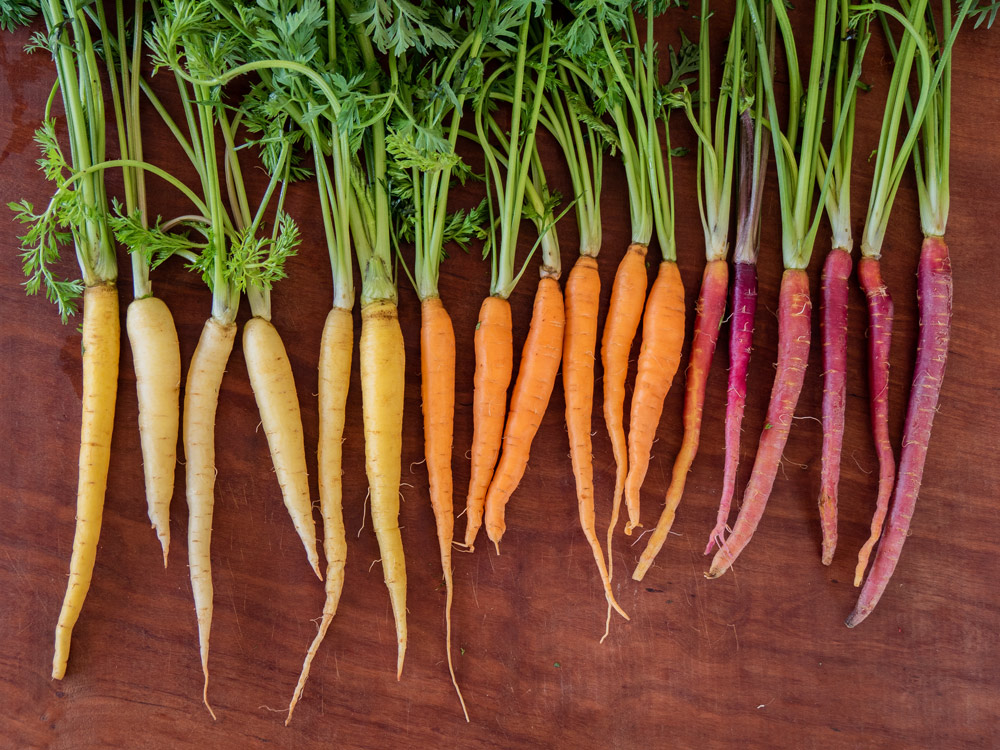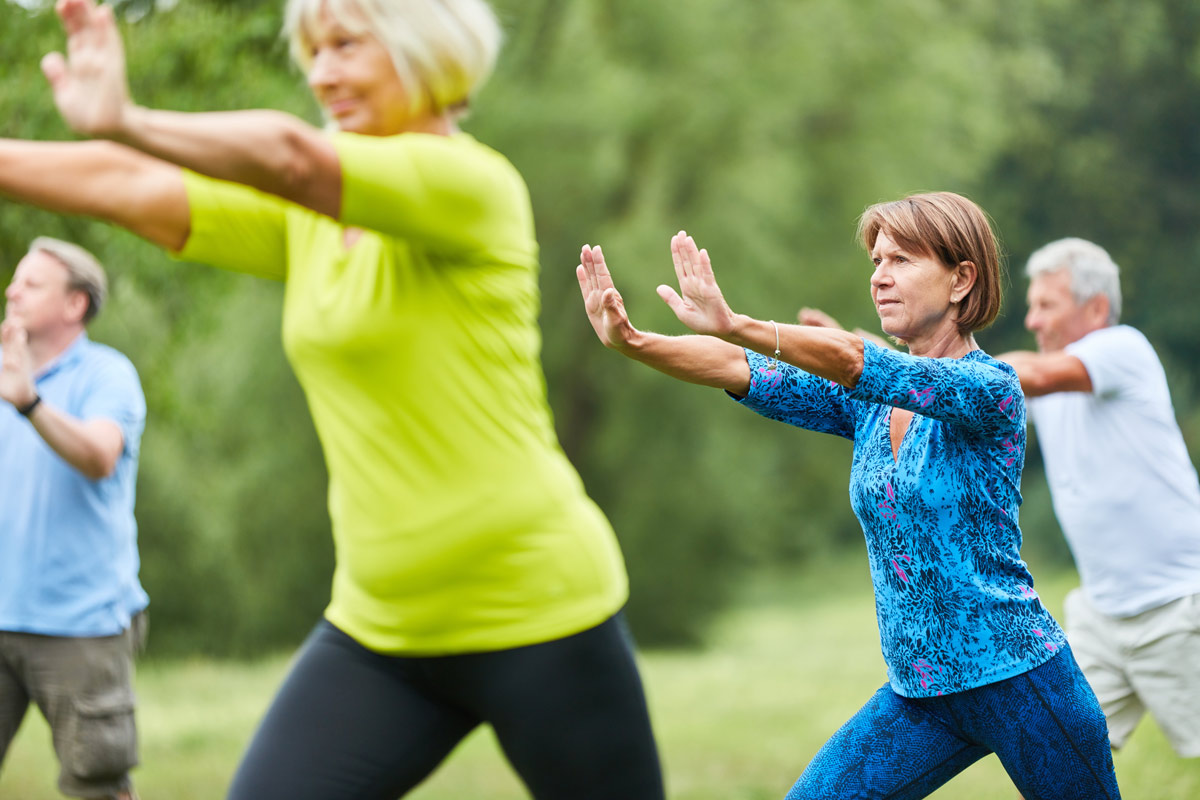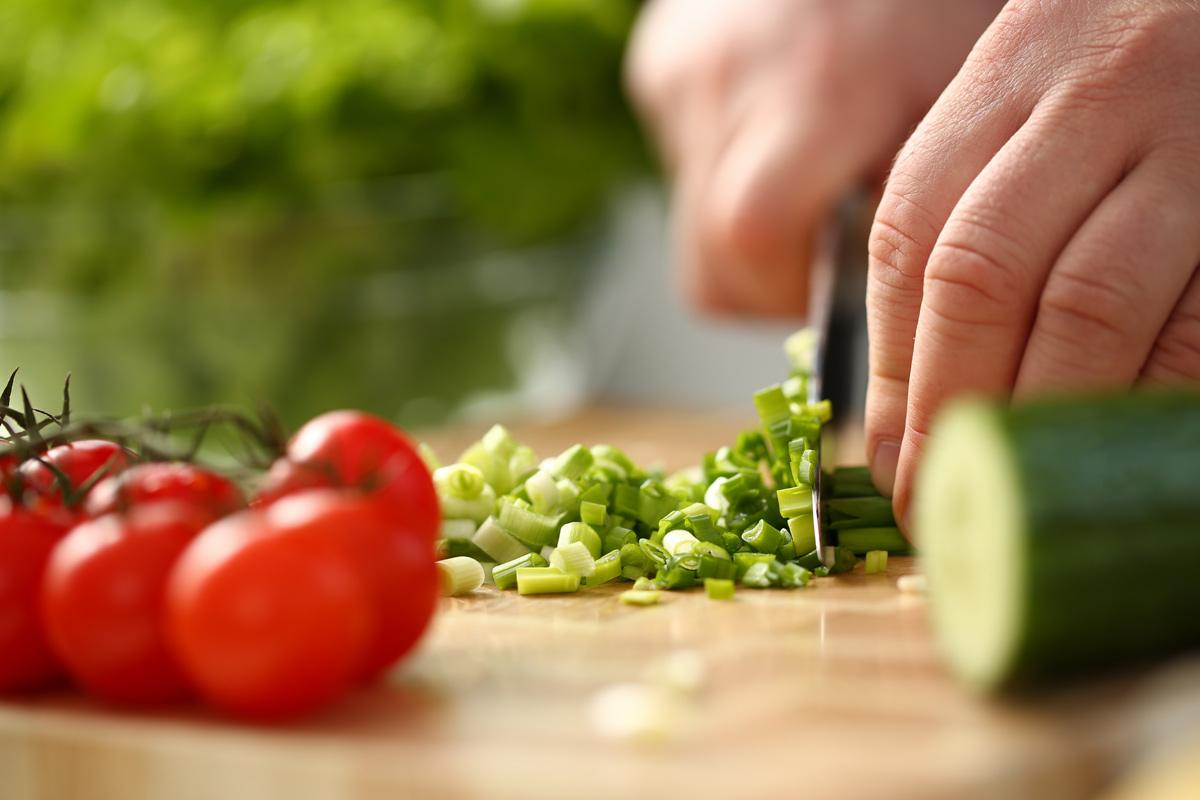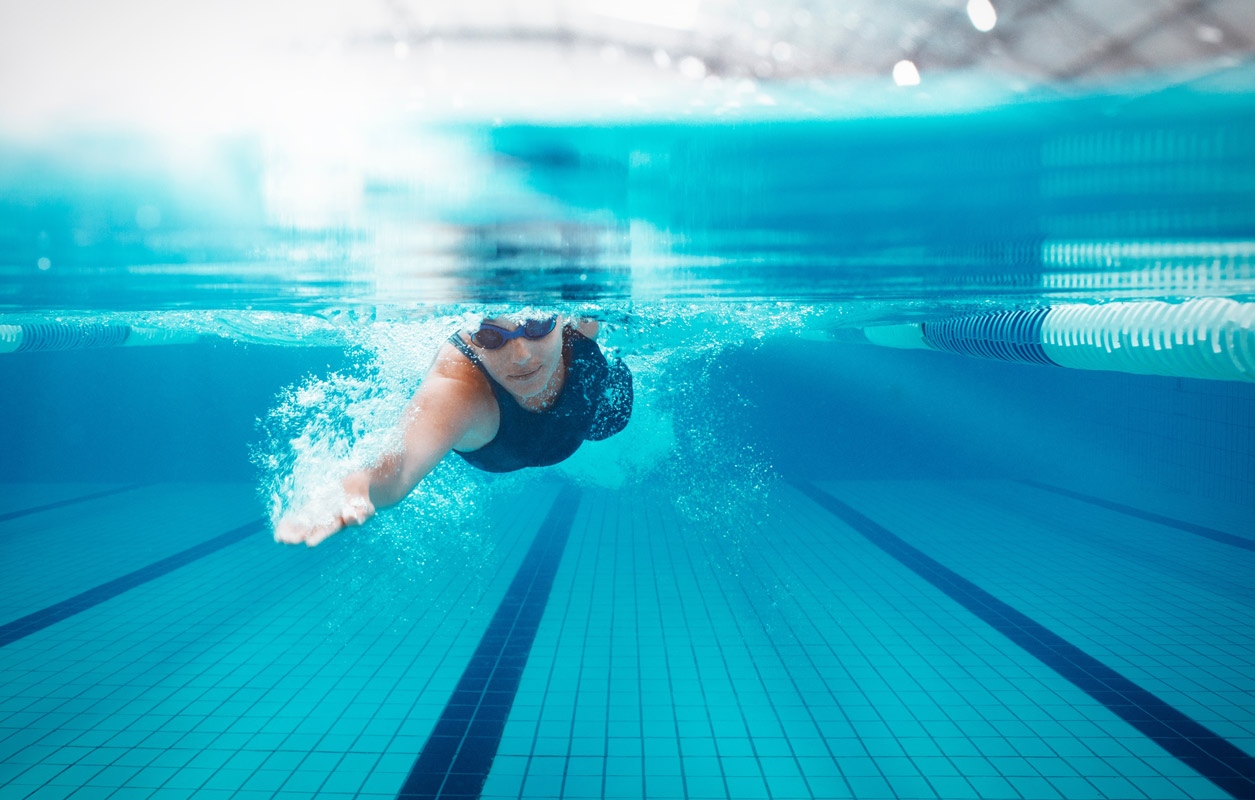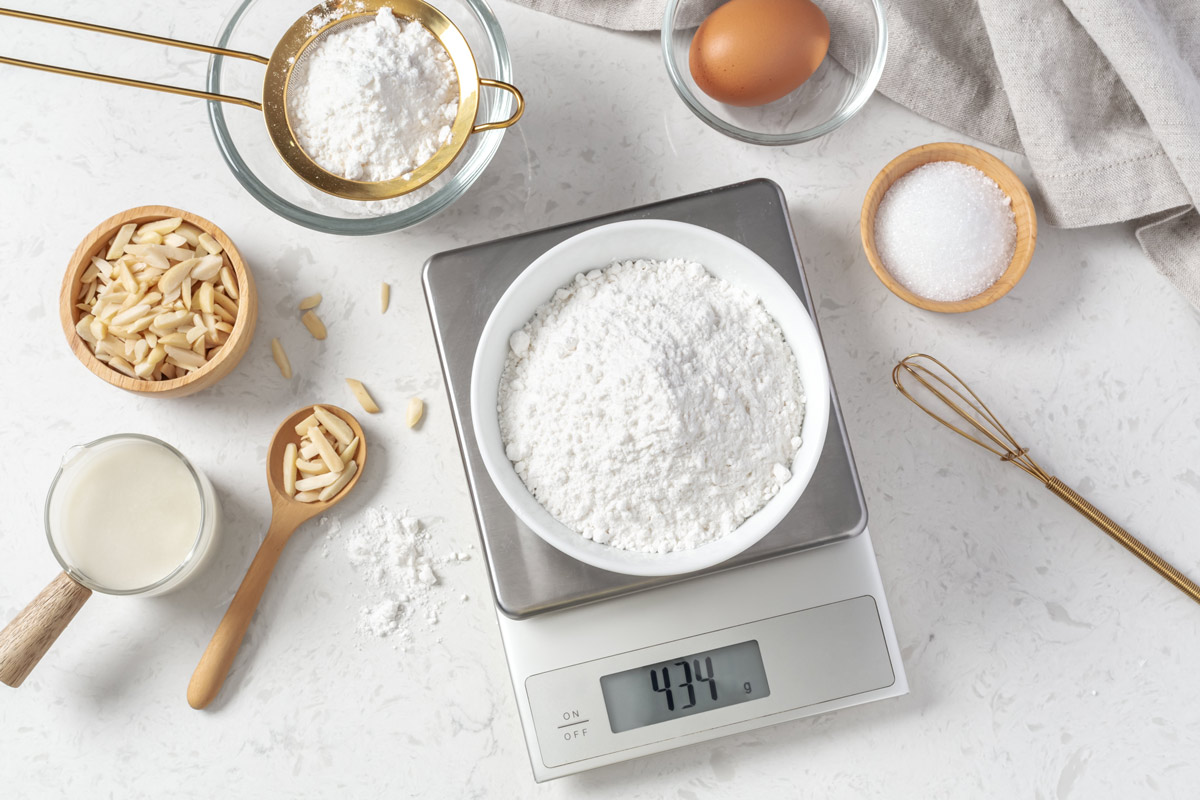Vietnamese-Style Cucumber Salad Recipe, Spotlight on Cucumbers, Keeping Diabetes in Check, Plus Exercise to Curb Appetite
With the year-round availability of cucumbers, it’s always time for cucumber salad! Fresh-pressed olive oil is a wonderful addition to Asian ingredients, as you’ll taste with this bountiful veggie bowl—it’s a great way to get healthier-eating plans off the ground. Need help curbing appetite? A study I’m sharing suggests exercise intensity can help. Plus here’s what you need to know about the negative effects of ultra-processed foods on blood sugar control.
Vietnamese-Style Cucumber Salad
 Vietnamese-Style Cucumber Salad
Vietnamese-Style Cucumber SaladInspired by the ingredients in a traditional Vietnamese summer roll, this is a zesty salad that’s hearty enough for a meal any time of the year. To make the recipe your own, choose the types of cucumber and chiles you like best.
Ingredients
- 1 pound cucumbers
- 1/2 teaspoon sea salt
- 2 tablespoons extra virgin olive oil
- 2 tablespoons rice wine vinegar
- 2 tablespoons sugar
- 2 tablespoons lime juice
- 2 tablespoons sweet chili sauce such as Mae Ploy (available at Asian markets)
- 1/4 cup chopped red onion
- 1 chile, such as jalapeño, serrano, or poblano, depending on heat preference, stemmed and chopped
- 1 carrot, peeled and cut into matchsticks
- 2 scallions, trimmed and sliced on the diagonal into 2-inch pieces
- 2 Hass avocados, ripe but still firm
- 1 pound cooked jumbo shrimp
- 1/3 cup peanuts
- 2 tablespoons chopped fresh mint leaves
- 2 tablespoons chopped fresh cilantro leaves
Directions
Step 1
If using thin English or Persian cucumbers, slice them into 1/4-inch discs; if using thicker cukes, cut them in half lengthwise, then into half-moon shapes about 1/4-inch thick. Place the slices in a large colander set over a large bowl or in the sink and sprinkle with the salt; toss well. Allow the cucumbers to sweat for about 15 minutes, then rinse to remove extra salt and shake well.
Step 2
In a large glass bowl, mix the olive oil, vinegar, sugar, lime juice, and sweet chili sauce. Add in the cucumbers, red onion, chile, carrots, and scallions, and toss to combine. Cut the avocados into small cubes and halve each shrimp lengthwise from top to tail; fold both into the cucumber salad along with the peanuts and herbs. Allow the mixture to marinate for about 20 minutes, then serve at room temperature.
Yields 4 servings

Healthy Ingredient Spotlight
Cukes!
Whether you choose the ubiquitous American garden cucumber or opt for a thinner variety, like short Persian or long English cucumbers, cukes are extremely versatile, often taking on the flavors of the other ingredients in a recipe. Very low in calories, cucumbers can fill you up and help you stayed hydrated, thanks to their high water content. They also make perfect dippers for salsa, guac, and more. Keep on the peel to get maximum nutrients, notably vitamin K, along with small amounts of vitamin C, potassium, calcium, and fiber.
Commercially grown garden cucumbers are typically treated with an edible wax to keep them from drying out. It’s possible to scrub some of it off with a food brush, but if it keeps you from eating the nutrient-rich peel, buy unwaxed cukes at farmers’ markets or opt for one of the thin varieties, typically sold unwaxed but often shrink-wrapped to protect them.

Quick Kitchen Nugget
Cucumber Prep
Cucumber seeds are rich in nutrients, so they should be eaten. But the larger the cucumber, the more bitter the seeds can taste. If you want to remove them for a recipe, the simplest tool to use is a spoon, preferably a grapefruit spoon. Slice the cucumber in half lengthwise, then run the tip of the spoon from one end to the other to remove the seeds in long strips. Rather than discard them, you can save them, refrigerated, to add to your next smoothie.

For Your Best Health
Keeping Diabetes in Check
There’s no end to the warnings about the perils of a diet high in ultra-processed foods, from sodas and packaged snacks to even certain types of sugar-sweetened yogurt. Recent studies have found links to higher rates of cardiovascular disease, obesity, sleep disorders, anxiety, depression, and even early death. New research n ultra-pprocessed foods done at the University of Texas (UT) and published in the Journal of the Academy of Nutrition and Dietetics should be of particular concern to the millions of Americans managing type 2 diabetes.
The study used baseline data from an ongoing clinical trial called Texas Strength Through Resilience in Diabetes Education (TX STRIDE), led by Mary Steinhardt in UT’s College of Education. Participants included 273 African American adults diagnosed with type 2 diabetes and recruited through Austin-area churches. Each participant provided two 24-hour diet recalls and a blood sample to measure HbA1C, a snapshot of blood sugar control over the past three months
“There are a lot of ways to look at and measure healthy eating,” said Marissa Burgermaster, PhD, assistant professor of nutritional sciences and senior author of the paper. “We set out to see which measurement was associated with blood sugar control in people with type 2 diabetes. We found that the more ultra-processed foods by weight in a person’s diet, the worse their blood sugar control was, and the more minimally processed or unprocessed foods in a person’s diet, the better their control was.” Also, eating more ultra-processed correleated to higher HbA1C levels while eating fewer ultra-processed correleated to lower HbA1C levels. Having an HbA1C below 7 is considered ideal for people with type 2 diabetes, and people who consumed, on average, 18% or fewer of their grams of food from ultra-processed foods were more likely to meet this mark.
Ultra-processed foods are typically higher in added sugars and sodium, but the researchers concluded that the HbA1C increases they saw were not about merely added sugar and sodium, or they would have correlated with the typical tools that measure overall nutritional quality in the diet. Synthetic flavors, added colors, emulsifiers, artificial sweeteners, and other artificial ingredients may be in part to blame, hypothesized Erin Hudson, a graduate student and co-author of the paper, and this would suggest that dietary guidelines may need to begin placing more emphasis on ultra-processed foods and its additives.

Fitness Flash
Exercise to Curb Appetite
A vigorous workout does more to suppress hunger levels in healthy adults than does moderate exercise, and women in particular may benefit from this response, according to a small study published in the Journal of the Endocrine Society that examined the effects of exercise intensity on ghrelin levels and appetite in men and women. Ghrelin is nicknamed “the hunger hormone” because it’s associated with perceptions of hunger. It’s also been shown to have wide-ranging biological effects in areas including energy balance, glucose homeostasis, immune function, sleep, and memory.
“We found that high-intensity exercise suppressed ghrelin levels more than moderate-intensity exercise,” said lead author Kara Anderson, PhD, of the University of Virginia and the University of Virginia Health System in Charlottesville. “In addition, we found that individuals felt ‘less hungry’ after high-intensity exercise compared to moderate-intensity exercise.”
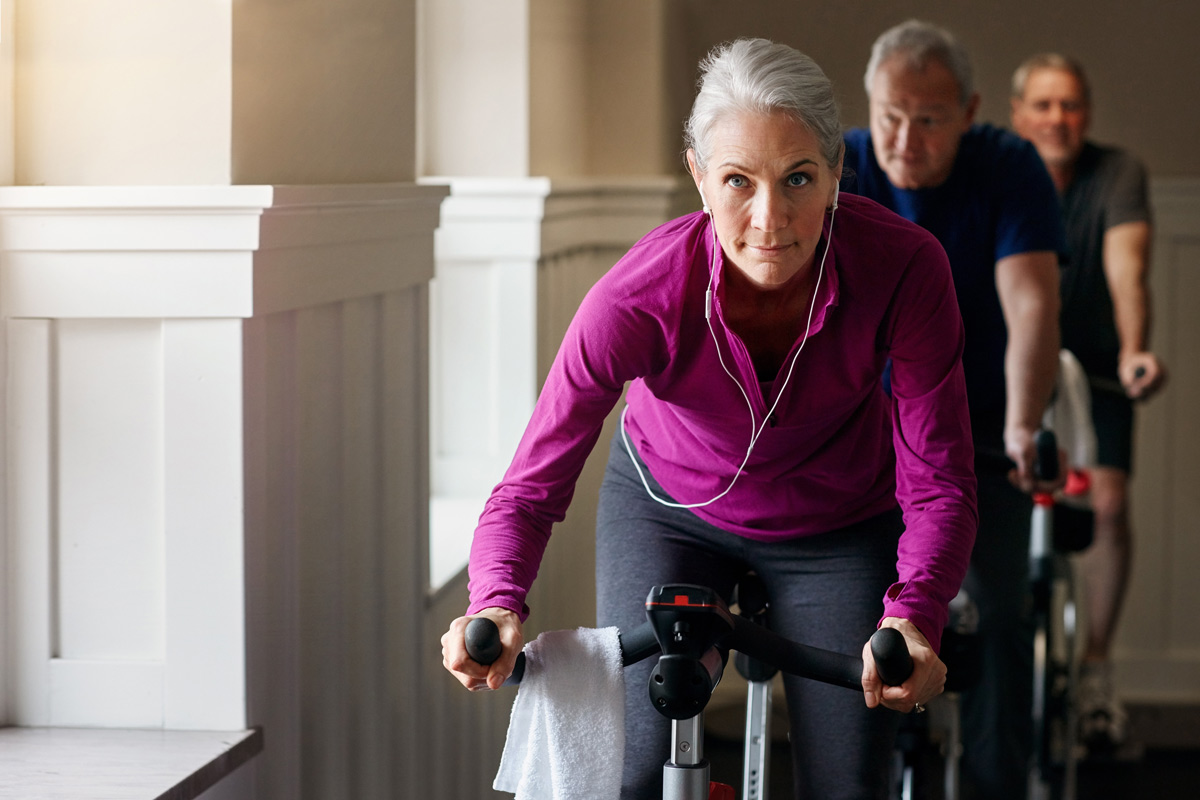
Ghrelin circulates in acylated (AG) and deacylated (DAG) forms, which are known to affect appetite. Data on the impact of exercise intensity on AG and DAG levels, and their effects on appetite, is sparse and primarily limited to men, the study noted. To address this shortfall, the study examined eight men and six women. Participants fasted overnight, completed exercises of varying intensity levels that were determined by measurements of blood lactate, and then self-reported measurements of appetite.
The women had higher levels of total ghrelin at baseline compared with the men, yet demonstrated “significantly reduced AG” following the intense exercise, according to the findings. The researchers found that “moderate intensity either did not change ghrelin levels or led to a net increase.” This suggests that exercise above the lactate threshold “may be necessary to elicit a suppression in ghrelin.”
“Exercise should be thought of as a ‘drug,’ where the ‘dose’ should be customized based on an individual’s personal goals,” Dr. Anderson said. “Our research suggests that high-intensity exercise may be important for appetite suppression, which can be particularly useful as part of a weight loss program.” The researchers also acknowledged that more work is needed to determine the extent to which the effects of exercise differ by gender.
Get More Recipes In Your Inbox!

